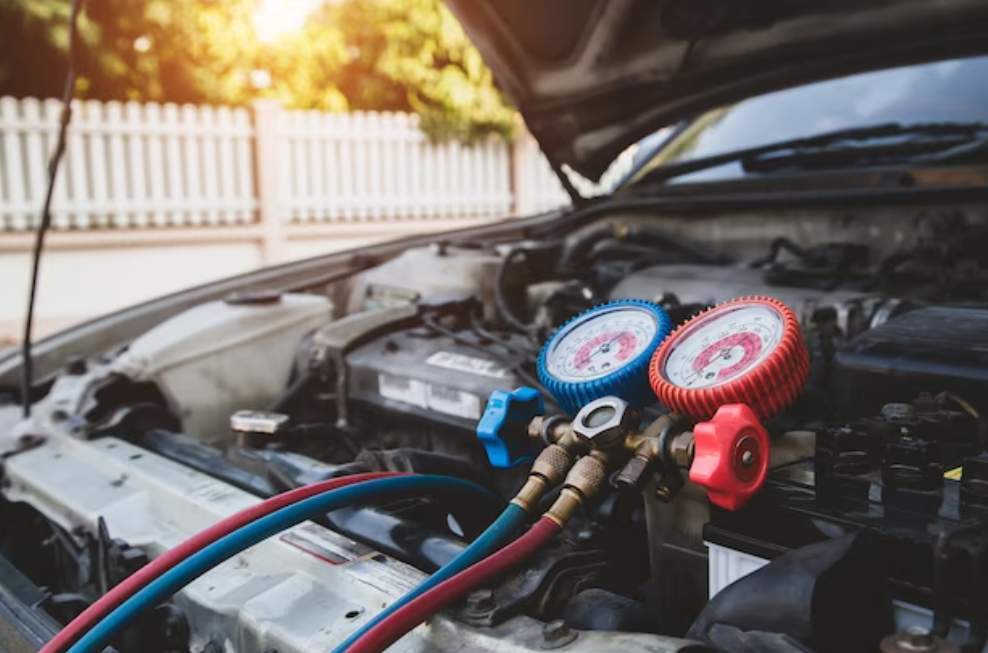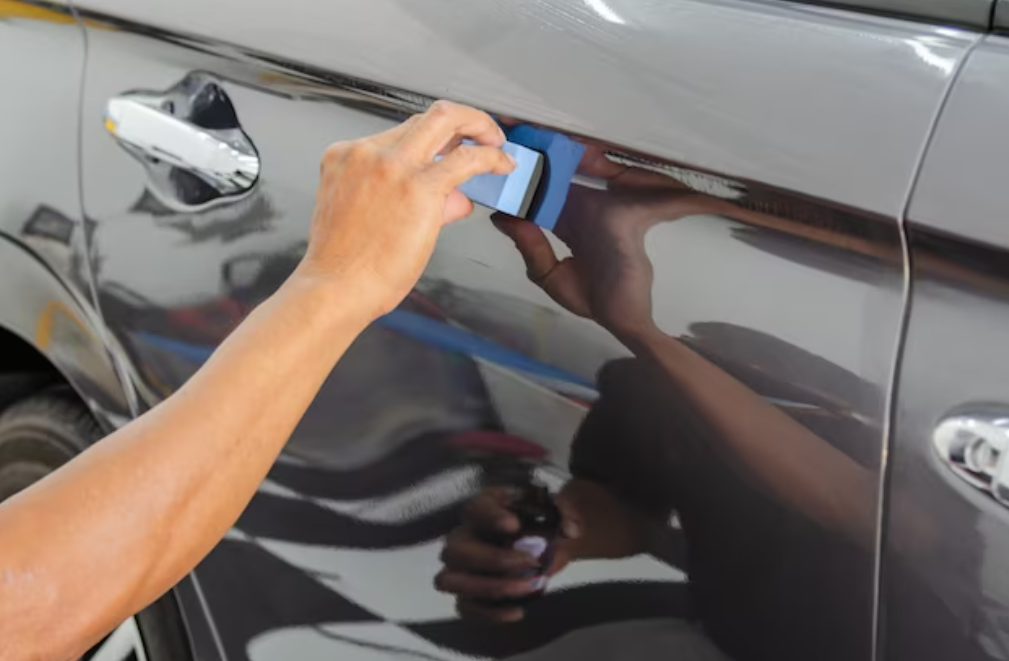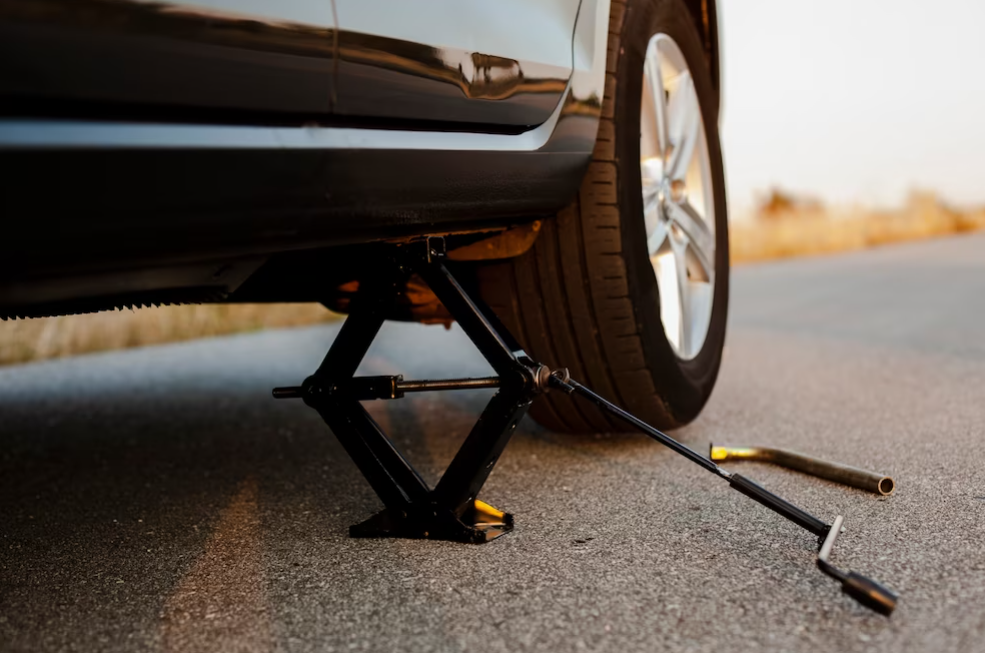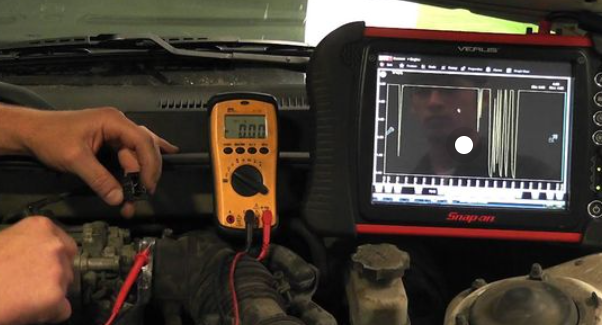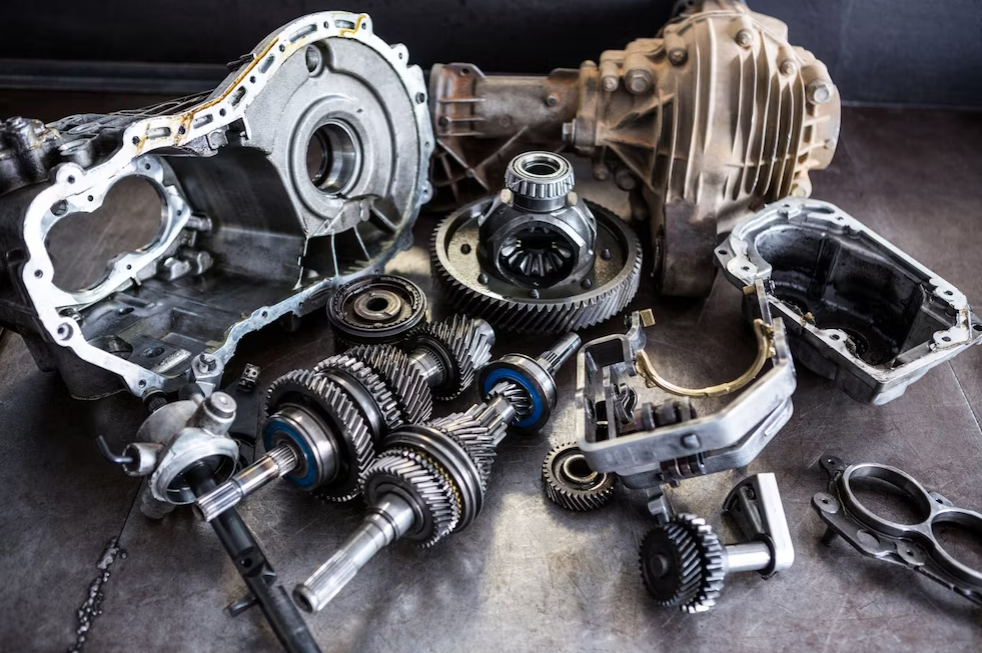How To Protect Yourself From Odometer Fraud?
Odometer fraud is a deceitful practice where the mileage of a vehicle is altered to make it appear lower than it actually is. This unethical act can lead to buyers paying more for a vehicle than its true value, as well as potential safety risks and unexpected repair costs. Therefore, it's crucial to take precautions to safeguard yourself when purchasing a car.
This blog post will give you some ways to protect yourself from falling victim to odometer fraud.
What Is Odometer Fraud?
Odometer fraud involves intentionally altering the mileage display of a vehicle's odometer. In the past, this was done physically by manipulating gears or the speedometer cable. Nowadays, with digital odometers, fraudsters gain access to the vehicle's digital system to either rollback the mileage or temporarily disconnect the odometer to drive without adding miles. Despite efforts by the United States Department of Transportation and auto manufacturers to prevent fraud, risks persist.
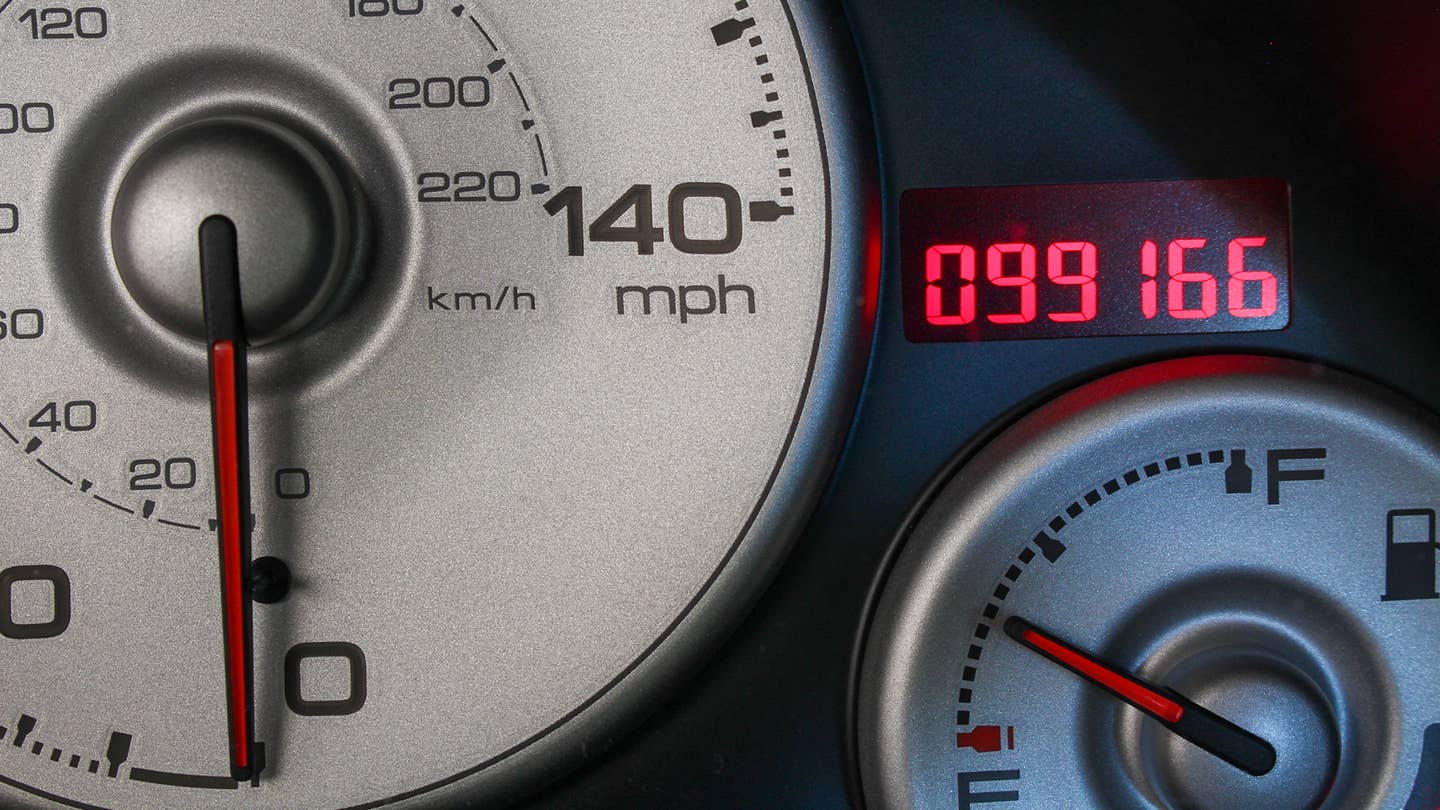
Why does it matter if you're uncertain about your vehicle's exact mileage? While a slight discrepancy might seem trivial, a significant alteration can profoundly affect the value of your vehicle. Consider the following implications of this deceptive practice:
If the odometer registers significantly fewer miles than the actual count, you may find yourself unexpectedly facing major repair costs. Crucial maintenance tasks such as spark plug replacement, serpentine belt changes, and timing chain adjustments are scheduled based on your vehicle's mileage. Neglecting these tasks can lead to costly repairs, some exceeding $1,000.
Furthermore, an inaccurate odometer reading might cause you to overlook essential services. Delaying the replacement of critical components like belts and water pumps could result in severe engine failure.
Mileage directly impacts a vehicle's value. A manipulated odometer reading can increase the perceived worth of the vehicle by thousands of dollars. These consequences highlight the seriousness of odometer fraud.

Many older odometers were engineered to deter fraud. If the gears were manipulated, the numbers wouldn't align properly. However, digital odometers lack this built-in safeguard, necessitating vigilance for signs of fraud.
Inconsistent Mileage Records: Before purchasing a vehicle, review its maintenance records. These documents detail the services performed and the vehicle's mileage at the time. Any discrepancies or suspicious gaps in the timeline may indicate tampering.
Discrepancies in Vehicle History Reports: Older vehicles or those with salvage titles may have known odometer issues. While it's not illegal to buy a vehicle with a damaged meter, buyers must include an odometer disclosure form with the title. This form acknowledges any reading discrepancies and provides mileage estimates from previous owners.
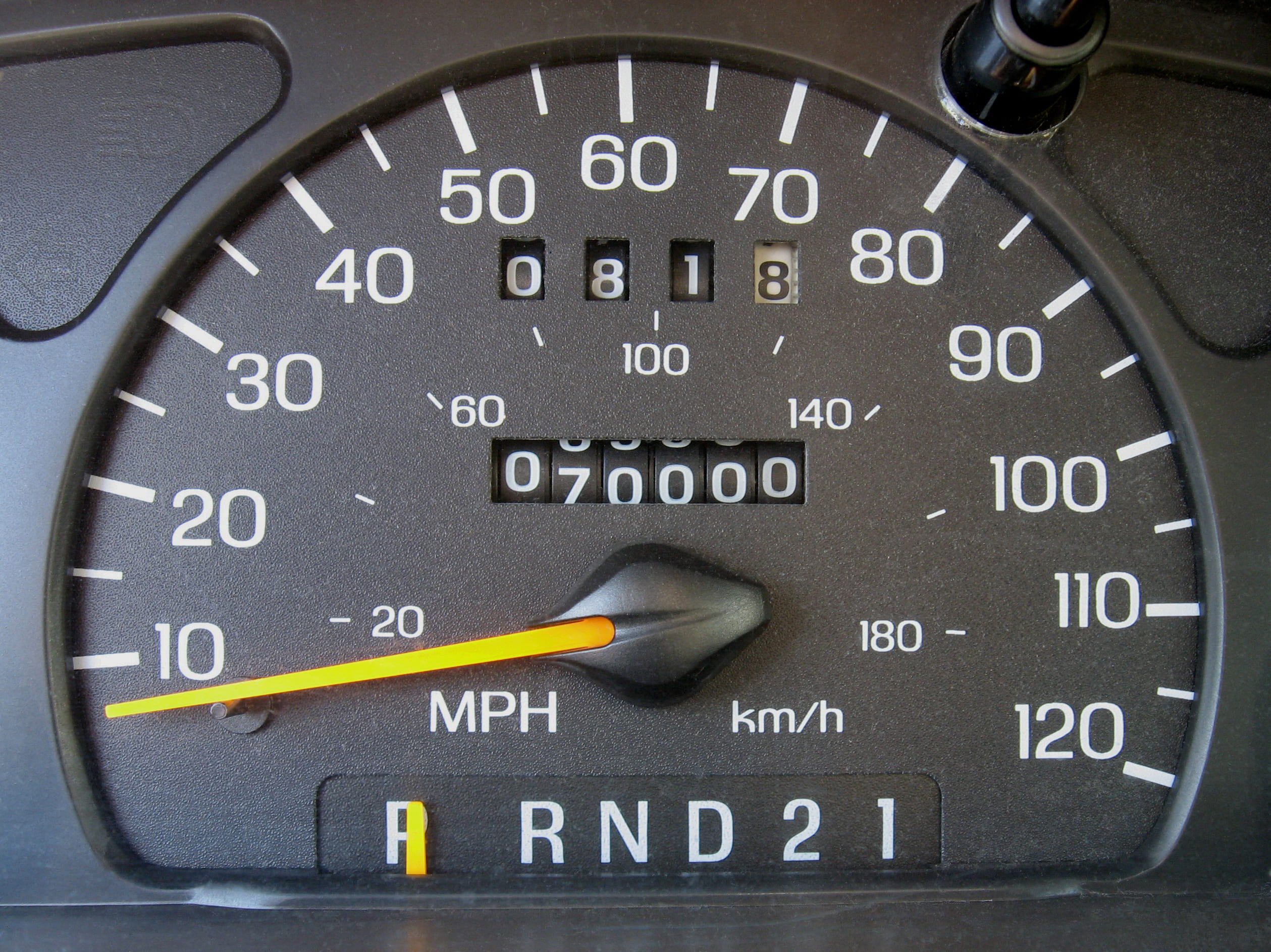
Evidence of Physical Tampering: Physical damage around the odometer is another red flag. A trained mechanic can inspect the interior panel covering the instrument panel for signs of unusual wear or tampering, particularly in the wiring.
Excessive Wear: Unexpectedly high wear on a vehicle may indicate odometer fraud. While some used cars endure tough conditions, a vehicle with low mileage shouldn't exhibit excessive wear. A pre-purchase inspection by a certified mechanic can assess component wear relative to the odometer reading.
Odometer fraud is just one of many tactics employed by unscrupulous sellers. Awareness of potential scams is crucial, as tampering with mileage records can occur at any point in a vehicle's ownership, potentially without the seller's knowledge.
Here are some steps you can take to protect yourself from mileage fraud when purchasing a used car:
Obtain a vehicle history report: This report provides details about the car's ownership history, accidents, and repairs, helping you spot potential issues like mileage fraud.
Arrange a mechanic inspection: Before finalizing the purchase, have a mechanic inspect the car for signs of mileage fraud and other potential problems.

Exercise caution with unusually low-priced deals: Deals that appear too good to be true are often red flags for fraud. Be cautious of cars priced significantly lower than similar models with comparable mileage.
Following these guidelines can help safeguard you from mileage fraud and ensure you're making a sound investment in your next used car.
How common is odometer fraud?
Odometer fraud is unfortunately common, with over 450,000 vehicles sold annually in the US with false odometer readings.
What are the consequences of purchasing a vehicle with a rolled-back odometer?
Buying such a vehicle can lead to financial losses, unexpected repair costs, and safety hazards due to hidden wear and tear.
How can I check for signs of odometer tampering?
Look for inconsistent wear and tear, mismatched parts, suspiciously low mileage, and discrepancies between service records and the odometer.
Are vehicle history reports reliable in detecting odometer fraud?
While helpful, they may not catch every case. It's best to use them along with other inspection methods and professional services.
Protecting yourself from odometer fraud requires diligence, research, and careful inspection of the vehicle you're considering purchasing. By understanding the risks, conducting thorough research, inspecting the vehicle for signs of tampering, and utilizing technology and professional services, you can minimize the chances of falling victim to odometer fraud and make a more informed purchasing decision. Remember to stay vigilant and trust your instincts when buying a car, and don't hesitate to seek professional assistance if you have any doubts or concerns about a potential purchase.
Click on the following link to read another blog post: How To Pick A Suitable Fire-Resistant Racing Suit?



